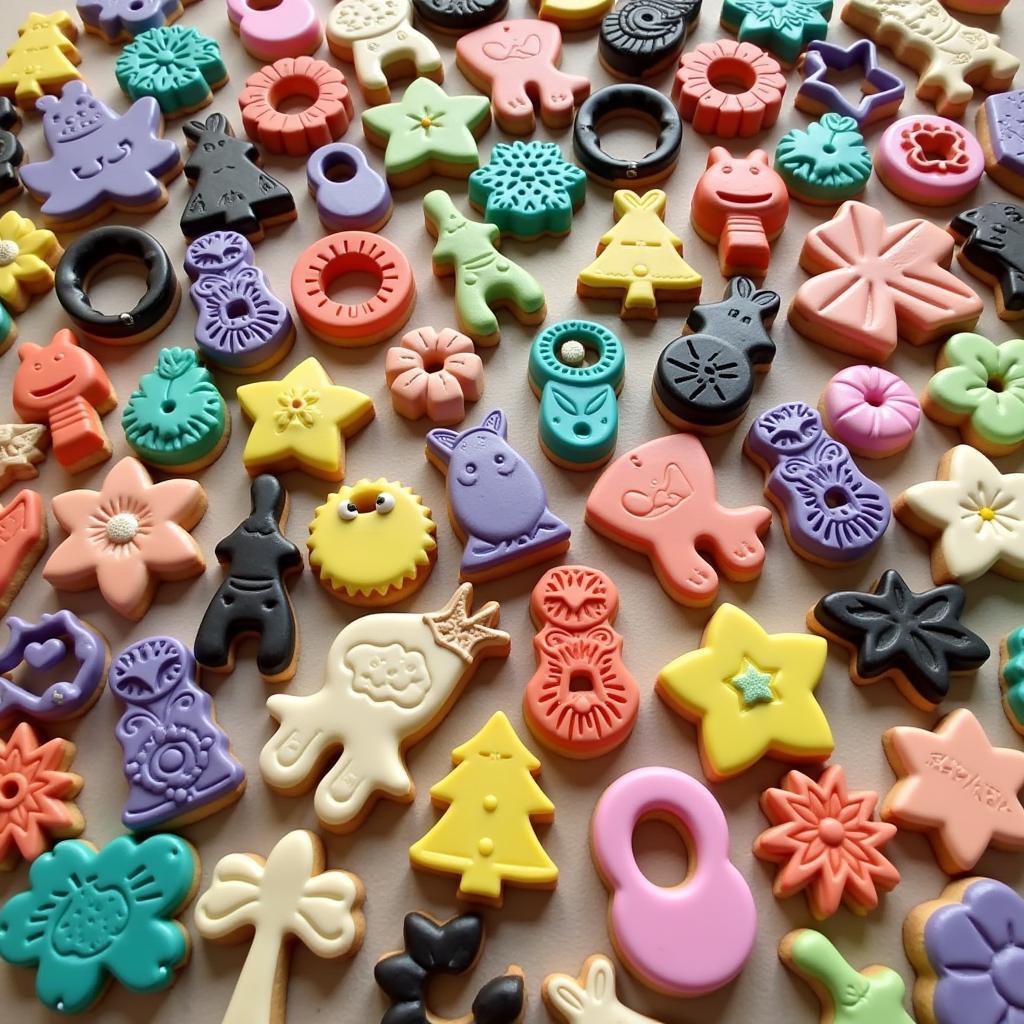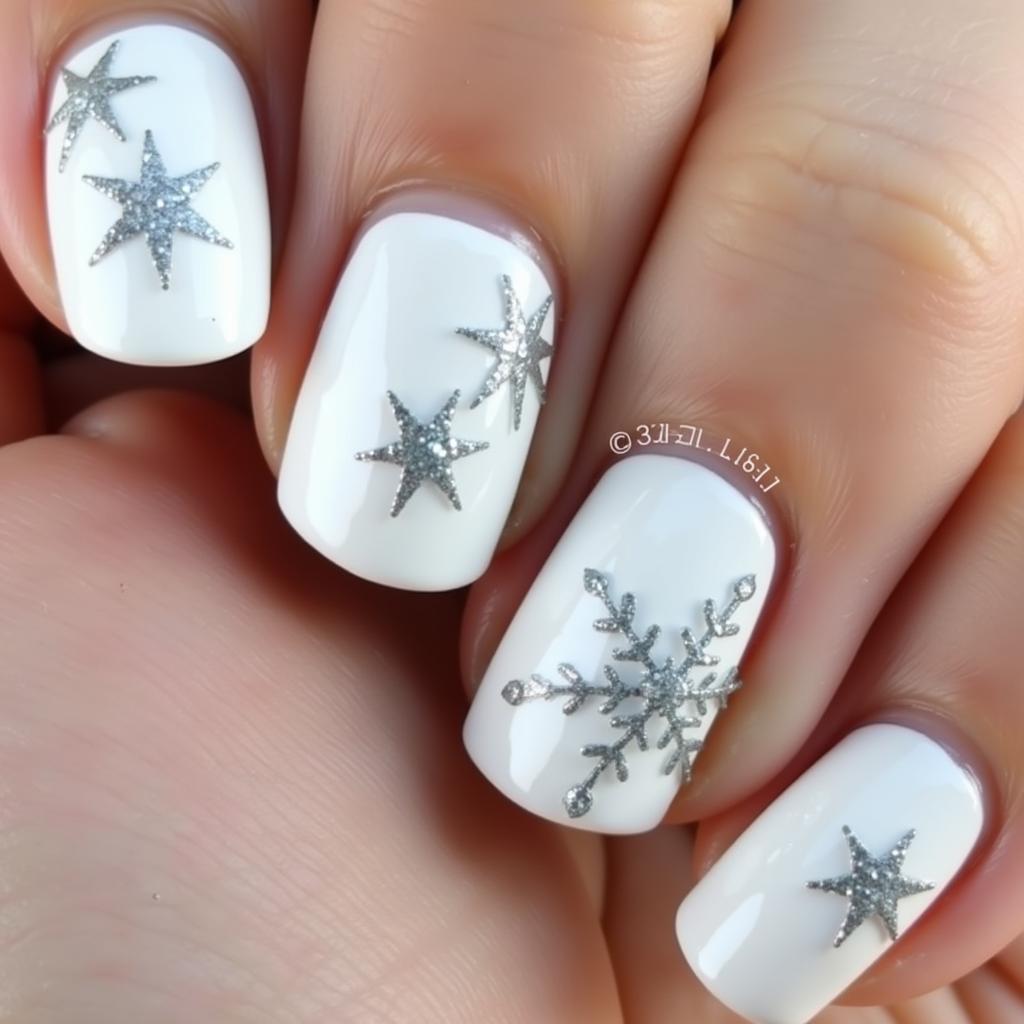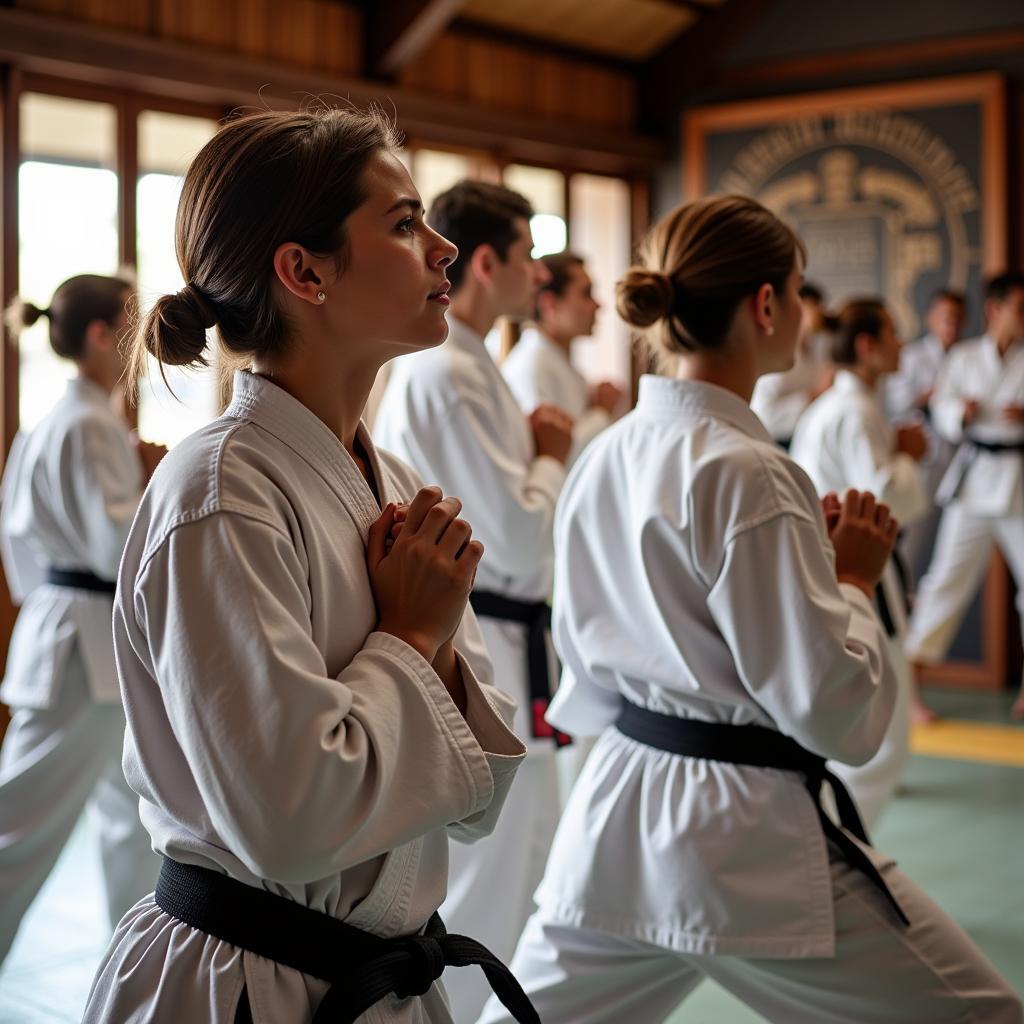Mastering Mirror Glass Art: A Comprehensive Guide
Mirror Glass Art is a captivating art form that transforms ordinary mirrors into extraordinary reflective masterpieces. By combining the elegance of mirrors with the artistry of decorative techniques, you can create stunning visual effects and add a touch of sophistication to any space. This comprehensive guide will delve into the fascinating world of mirror glass art, providing you with all the information you need to embark on your own creative journey.
Understanding Mirror Glass Art
Mirror glass art encompasses a wide range of techniques, each yielding unique and mesmerizing results. Some popular methods include:
- Etching: This technique involves using acidic substances to create frosted designs on the mirror surface, resulting in a beautiful contrast between the clear and etched areas.
- Engraving: Similar to etching, engraving utilizes sharp tools to carve intricate patterns and designs into the mirror, adding depth and dimension to the artwork.
- Painting: Acrylic paints, specifically formulated for glass surfaces, allow for vibrant and long-lasting designs. Artists can unleash their creativity by painting directly onto the mirror, transforming it into a colorful canvas.
- Stained Glass: By applying small pieces of colored glass to the mirror surface, artists can create stunning stained glass effects that play with light and color.
Essential Tools and Materials
Before embarking on your mirror glass art adventure, it’s crucial to gather the necessary tools and materials. Here’s a list of essentials:
- Mirror: Choose a mirror with a smooth, flat surface that suits your desired size and shape.
- Glass Cleaner: A streak-free glass cleaner is essential for preparing a pristine surface for optimal adhesion and a flawless finish.
- Etching Cream/Solution: If you’re venturing into etching, select an etching cream or solution specifically designed for glass.
- Engraving Tools: For engraving, you’ll need specialized tools such as a rotary tool with diamond burrs or a handheld engraver.
- Glass Paints: Opt for high-quality acrylic paints formulated for glass surfaces to ensure vibrant and durable results.
- Brushes: A variety of brushes, including fine-tipped detail brushes and wider brushes for coverage, will be invaluable for painting intricate designs.
- Stained Glass Supplies: If you’re captivated by stained glass, gather supplies such as glass cutters, soldering irons, and lead-free solder.
 An array of essential tools and materials for mirror glass art
An array of essential tools and materials for mirror glass art
Creating Your Masterpiece: A Step-by-Step Guide
Now that you have your tools and materials ready, let’s dive into the creative process. This step-by-step guide will walk you through the fundamental steps of creating your own mirror glass art:
- Prepare the Mirror: Thoroughly clean the mirror surface with a streak-free glass cleaner to remove any dust, fingerprints, or residues. Allow it to dry completely.
- Design and Transfer: Sketch your desired design on paper or use stencils to transfer the pattern onto the mirror surface. You can use masking tape to secure your stencils in place.
- Etching/Engraving: If you’re etching, apply the etching cream or solution according to the manufacturer’s instructions, ensuring proper ventilation. For engraving, carefully carve your design into the mirror using appropriate engraving tools.
- Painting: Dip your brush into the glass paint, removing any excess. Apply the paint smoothly and evenly onto the mirror surface, following your design. Allow each layer to dry completely before applying subsequent coats.
- Stained Glass: Cut the colored glass pieces according to your design and arrange them on the mirror surface. Secure the pieces using a temporary adhesive. Once satisfied with the arrangement, permanently adhere them using lead-free solder and a soldering iron.
- Sealing (Optional): To protect your artwork and enhance its longevity, consider applying a sealant specifically designed for glass surfaces. Follow the manufacturer’s instructions for application and drying time.
Mirror Glass Art Ideas and Inspiration
The possibilities for mirror glass art are as limitless as your imagination. Here are some inspiring ideas to spark your creativity:
- Geometric Patterns: Create modern and sophisticated designs using geometric shapes, lines, and angles.
- Floral Motifs: Add a touch of elegance and nature-inspired beauty with delicate floral patterns and botanical illustrations.
- Mandala Designs: Embrace the meditative and intricate beauty of mandalas, incorporating symmetrical patterns and spiritual symbolism.
- Personalized Messages: Craft heartfelt gifts or add a personal touch to your décor by incorporating meaningful quotes, names, or dates.
Conclusion
Mirror glass art offers a captivating blend of artistry and reflectivity, transforming ordinary mirrors into extraordinary works of art. Whether you’re drawn to the intricate details of etching and engraving, the vibrancy of glass painting, or the timeless beauty of stained glass, there’s a technique to ignite your creativity. By following the steps outlined in this guide and seeking inspiration from the world around you, you can embark on a rewarding artistic journey and create stunning reflective masterpieces that will enhance your surroundings with elegance and beauty.
Frequently Asked Questions
Q: Can I use regular acrylic paints on mirrors?
A: It’s best to use acrylic paints specifically formulated for glass surfaces. These paints are designed to adhere properly to glass and provide a durable, long-lasting finish.
Q: How do I prevent the etching cream from running?
A: Before applying the etching cream, ensure that the mirror surface is clean and dry. You can also create a barrier around your design using masking tape or a stencil to prevent the cream from spreading.
Q: Can I engrave any type of mirror?
A: While many types of mirrors can be engraved, it’s essential to choose a mirror with a suitable thickness and composition. Thinner mirrors or those with delicate backings may not be suitable for engraving.
Q: What safety precautions should I take when working with glass?
A: Always wear safety glasses to protect your eyes from glass shards and dust. When cutting glass, use a glass cutter specifically designed for the task and wear protective gloves.
Q: How do I clean my mirror glass art?
A: Gently dust your artwork regularly using a soft, lint-free cloth. For more thorough cleaning, you can use a damp cloth with mild soapy water. Avoid abrasive cleaners or scrubbers that can scratch the surface.
Need help with your mirror glass art project? Contact us at Phone Number: 02462573573, Email: [email protected], or visit us at Savico Megamall, 7-9 Đ. Nguyễn Văn Linh, Gia Thụy, Long Biên, Hà Nội 10000, Vietnam. Our dedicated customer support team is available 24/7 to assist you.
Explore our website for more inspiring articles and resources on design art mirrors, liquid spread on art to dry shiny, and waterproof art for bathroom. You can also discover a curated collection of bathroom black art and art decal options to elevate your space.




